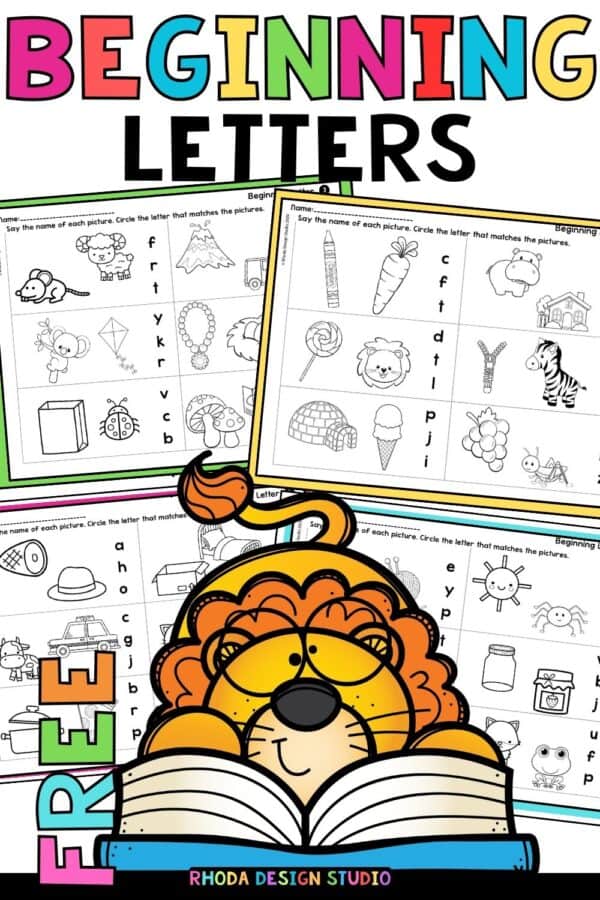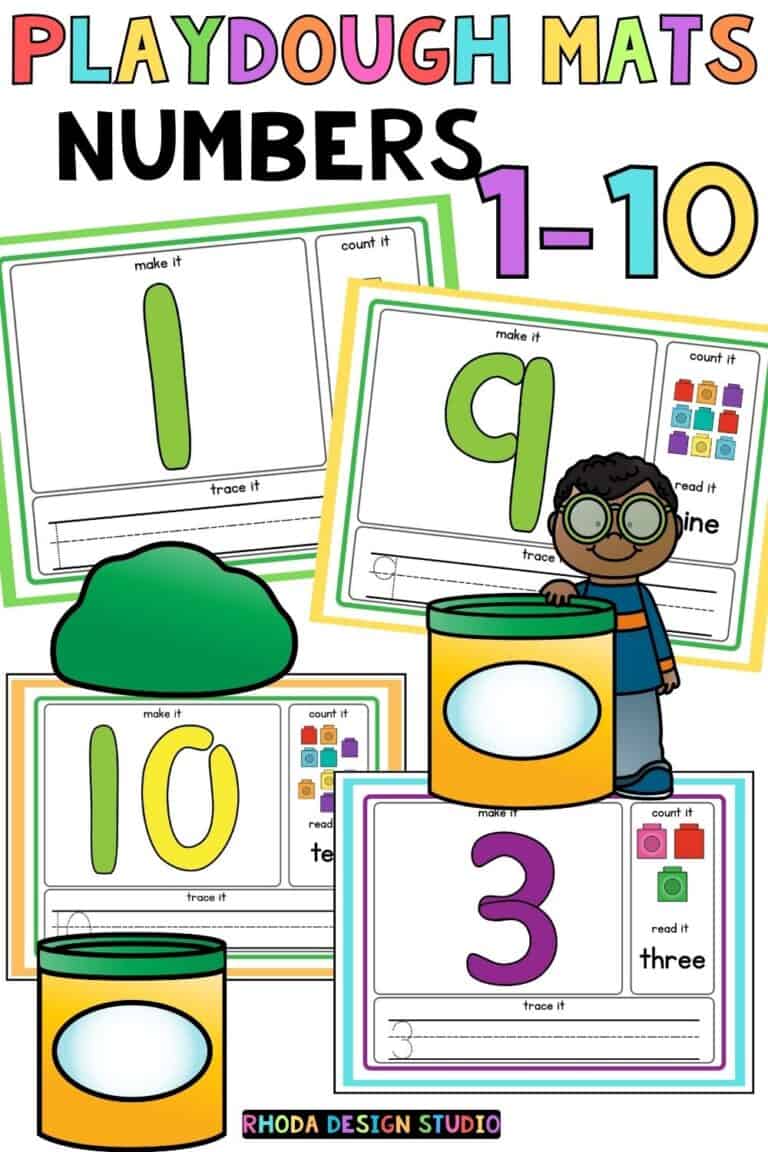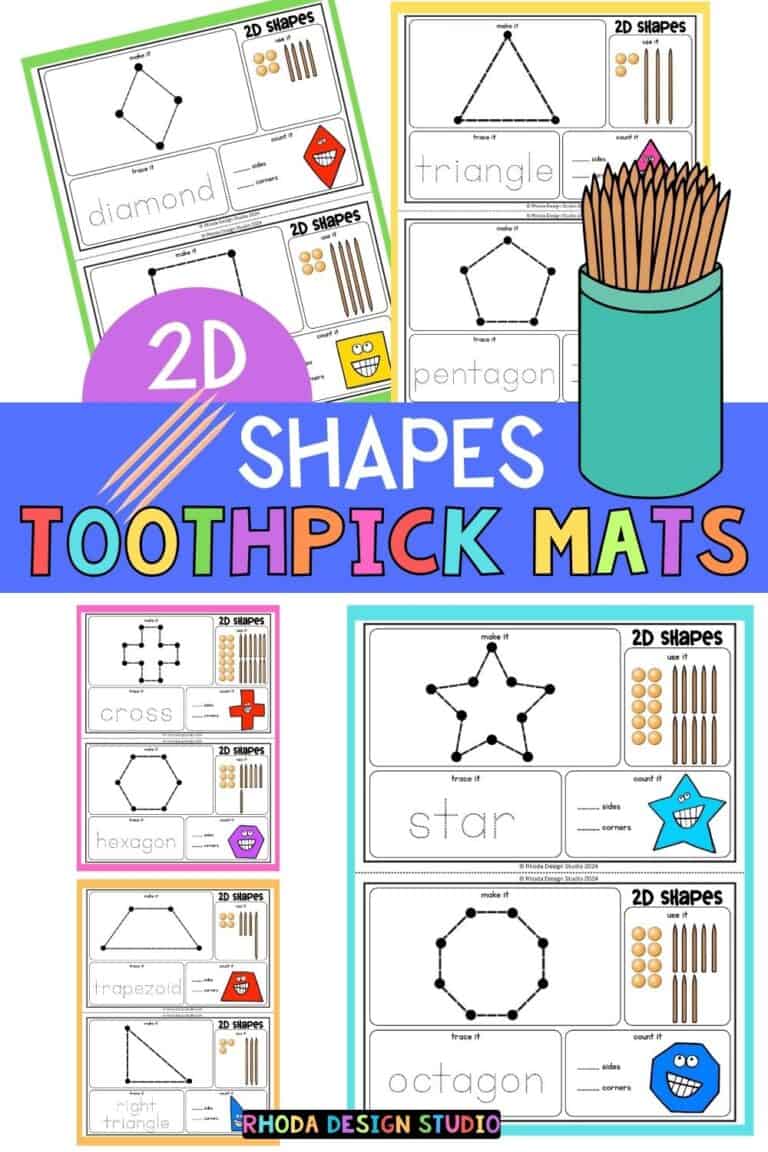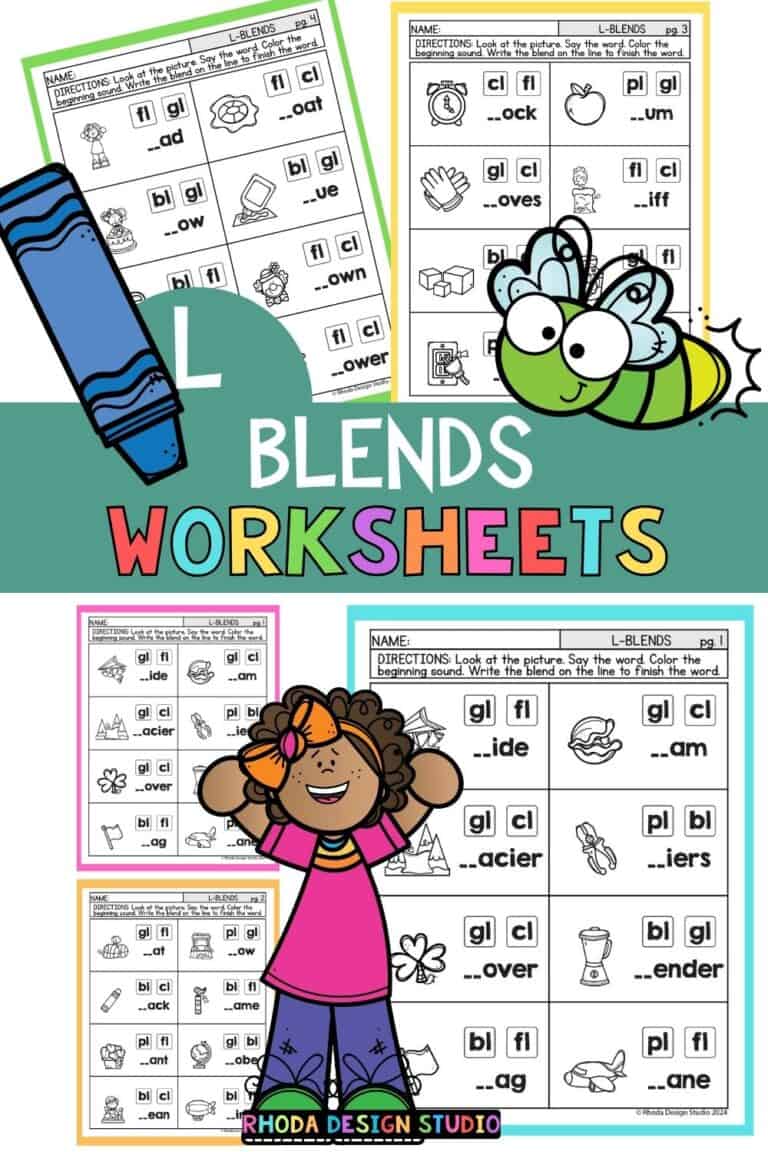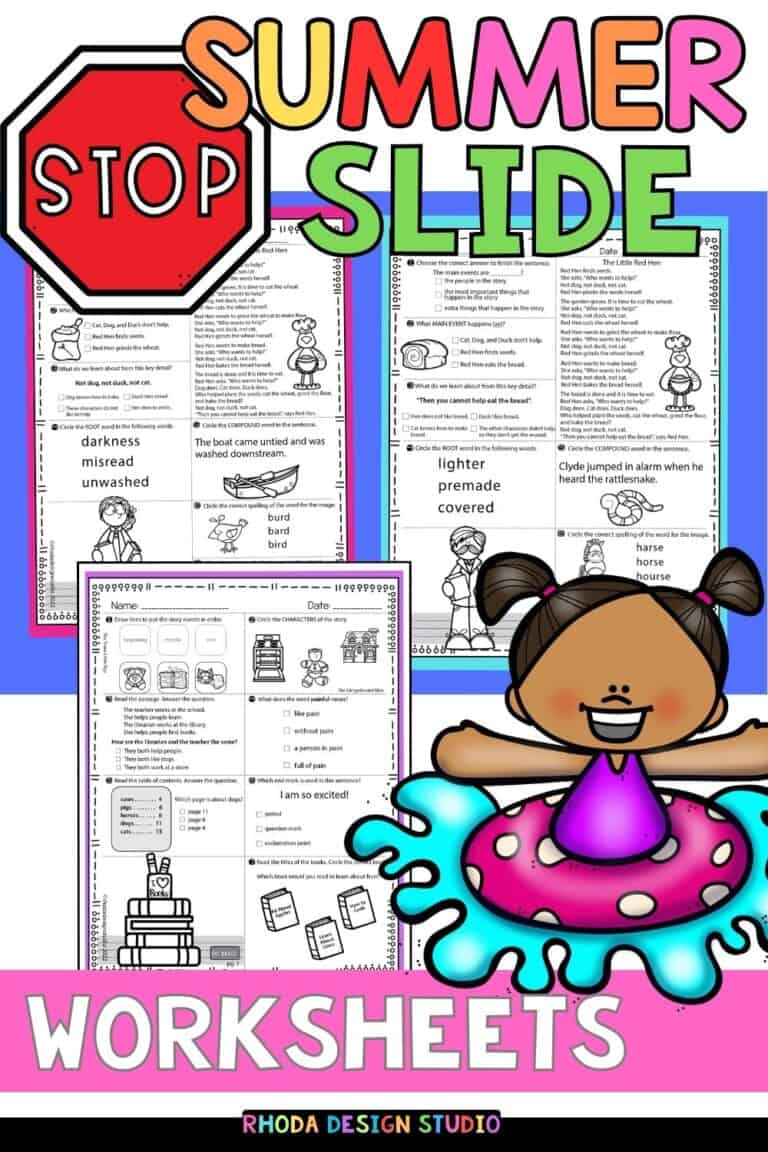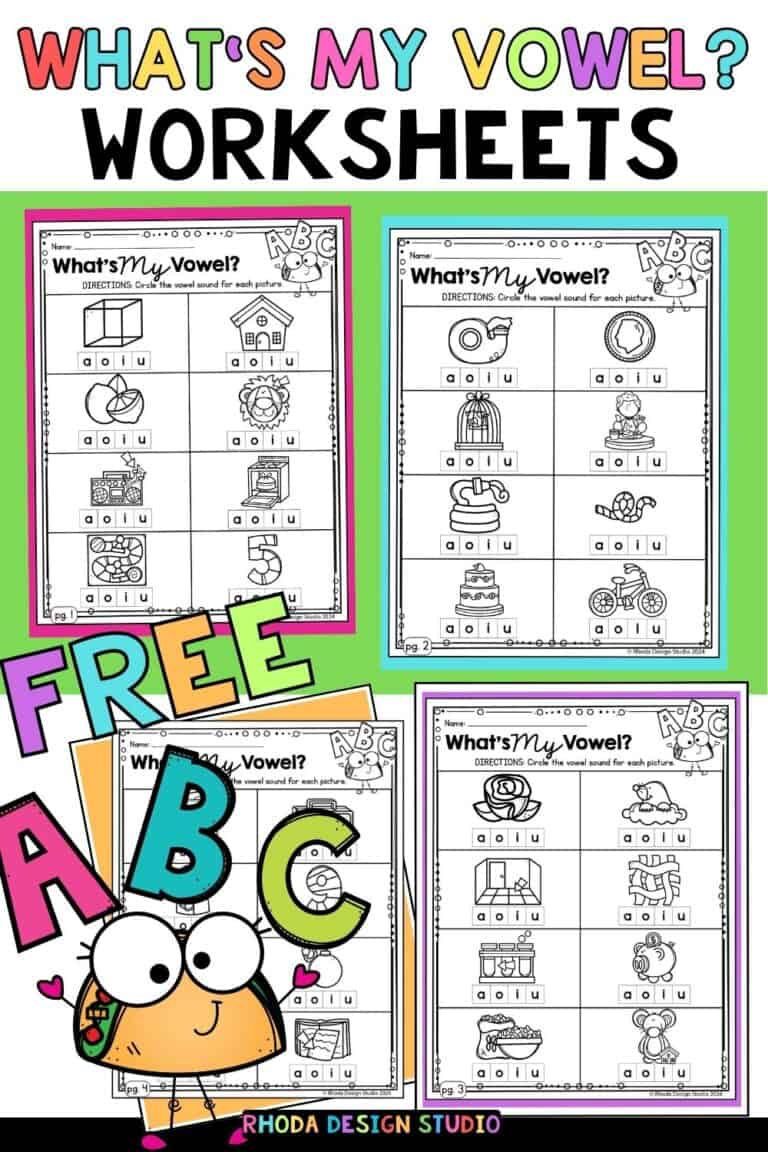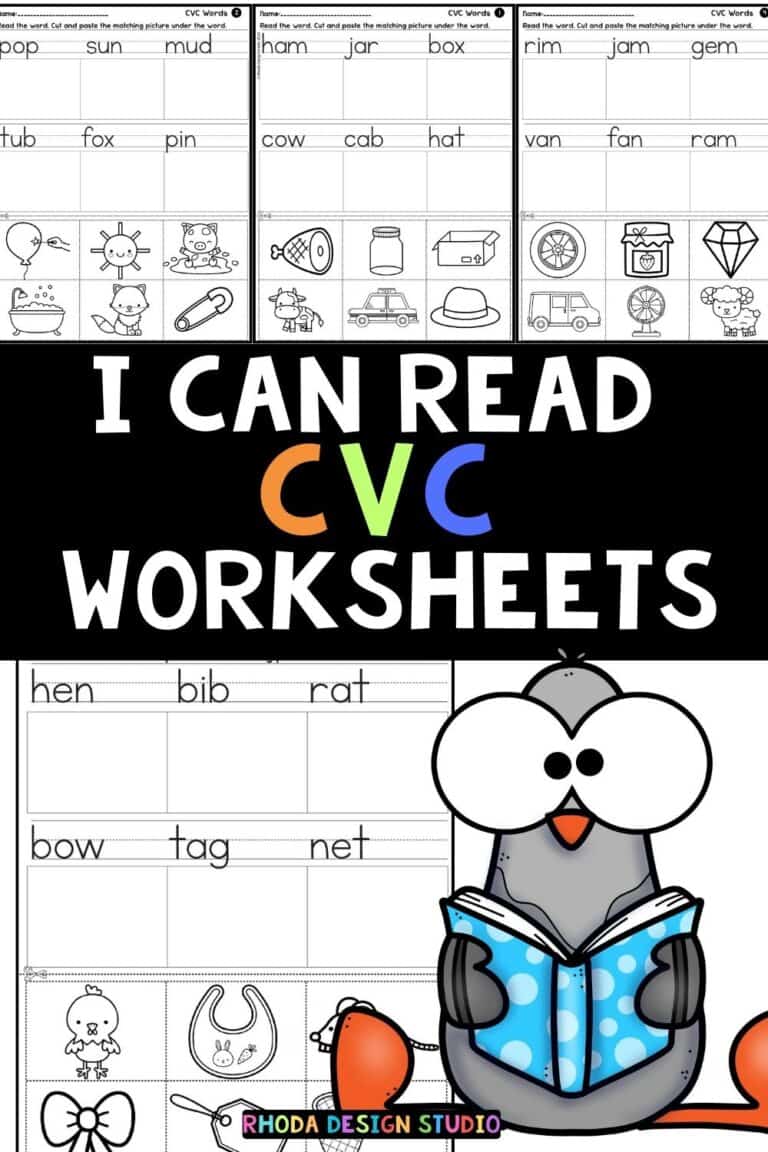What’s the Beginning Letter: Free Phonics Worksheets
Introducing children to the world of letters and sounds is a fundamental step in their literacy journey. Beginning letter sounds are the building blocks of phonics, a method used in teaching reading by correlating sounds with letters or groups of letters.
Understanding these sounds is crucial as it forms the foundation for reading and spelling proficiency. For homeschoolers, parents, and early literacy teachers, knowing how to effectively introduce and practice these sounds can greatly impact a child’s enthusiasm and success in learning to read. In this post, we’ll explore practical strategies and engaging activities to master beginning letter sounds, setting a strong foundation for budding readers.
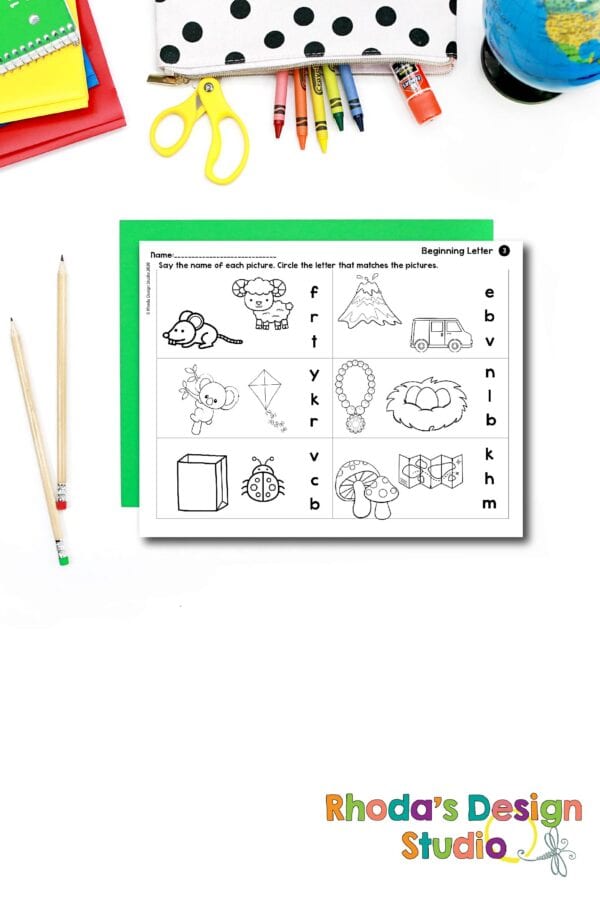
Why Focus on Beginning Letter Sounds?
The ability to recognize and produce the sound that corresponds to a letter is referred to as letter-sound knowledge. This skill is essential for decoding words, an important precursor to fluent reading. Children who have mastered beginning letter sounds can start to blend these sounds together to form words, paving the way for reading comprehension and fluency.
1. Start with the Basics
Before diving into complex phonics patterns, ensure that children are familiar with the alphabet. They should be able to recognize each letter, both uppercase and lowercase, and associate them with their corresponding sounds. Begin with the most common sound each letter makes, leaving exploration of less common sounds (like the “c” in “city” versus “cat”) for later.
2. Introduce Sounds in an Engaging Way
Use stories, songs, and games to introduce each letter sound. Children often learn best through play, so incorporating fun activities is key. For example, the well-loved “Alphabet Song” can help kids memorize the order of the letters, while songs that focus on individual letter sounds can make learning more engaging. Books that emphasize certain sounds or letter-focused story times also offer a creative avenue to reinforce this early literacy skill.
Activities to Try:
- Sound Matching Games: Create a set of cards with objects or pictures that start with different letter sounds. Ask the child to match the picture with the letter or sound card.
- Alphabet Books: Make personalized books focusing on different letters. Include pictures or stickers of items that start with the page’s letter.
- Interactive Apps: Leverage technology by using educational apps designed to teach phonics in a fun and interactive way.
3. Incorporate Tactile Learning
Children have varying learning styles, with many benefitting from hands-on experiences. Tactile activities can make the learning process more memorable. Encourage children to trace letters with their fingers or use play-dough to form letters. Sand trays, where they can write the letter with their finger or a stick, also offer a sensory experience that reinforces letter recognition and sound association.
4. Consistency is Key
Consistent practice is crucial when learning beginning letter sounds. Short, daily sessions are more effective than longer, less frequent sessions. Consistency helps embed these foundational skills into long-term memory, making future reading tasks easier to tackle.
5. Use Real-Life Connections
Connecting letter sounds to familiar objects or experiences can enhance understanding and retention. For instance, associating the “m” sound with “mom” or “milk” can make the sound more meaningful and easier to remember. Encourage children to identify objects around them that begin with the sounds they are learning.
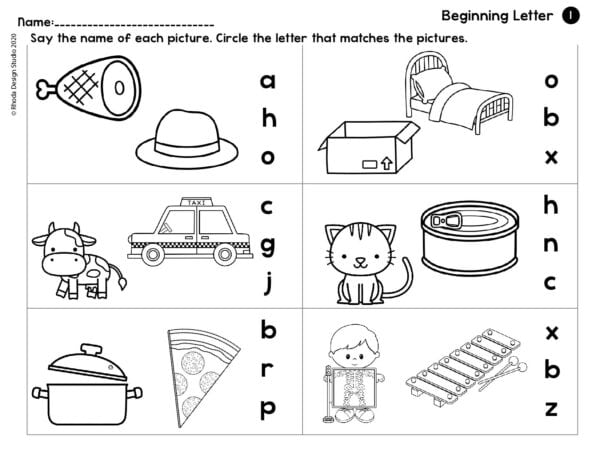
Beginning Letters Worksheet 1
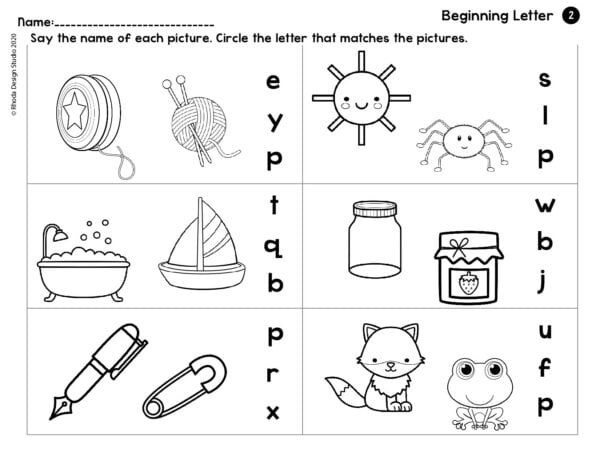
Beginning Letters Worksheet 2
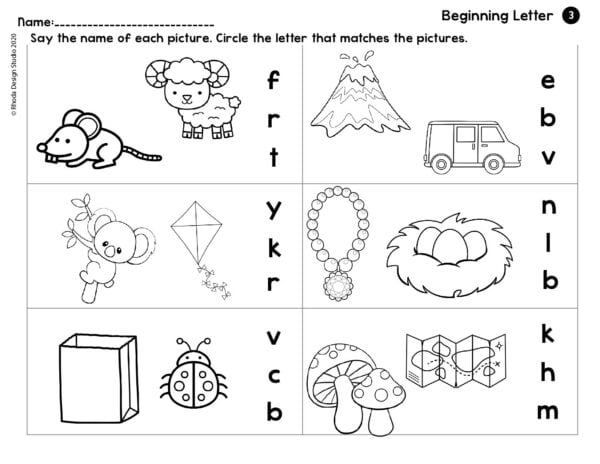
Beginning Letters Worksheet 3
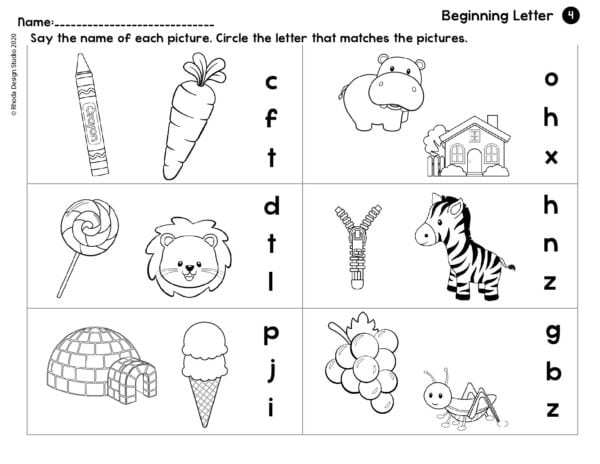
Beginning Letters Worksheet 4
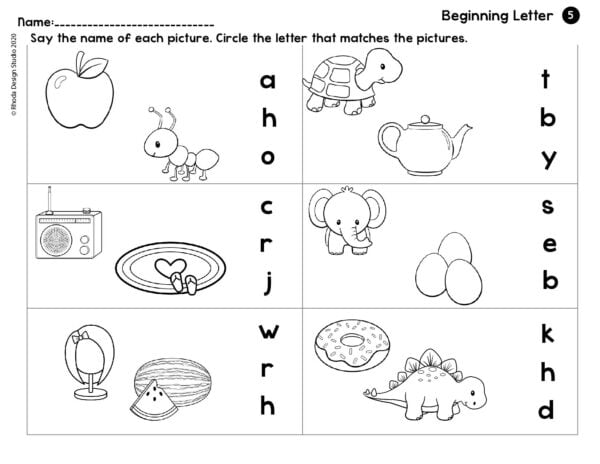
Beginning Letters Worksheet 5
Common Core Literacy Standards
CCSS RF.K.2d
Isolate and pronounce the initial, medial vowel, and final sounds (phonemes) in three-phoneme (consonant-vowel-consonant, or CVC) words. (This does not include CVCs ending with /l/, /r/, or /x/.)
RF.K.3a
Demonstrate basic knowledge of one-to-one letter-sound correspondences by producing the primary sound or many of the most frequent sounds for each consonant.
Reading Skills
- identifying letters
- recognizing letter sounds (get more worksheets: Beginning Letter Sounds)
- recognizing beginning sounds of words (Beginning CVC Letters and Sounds)
